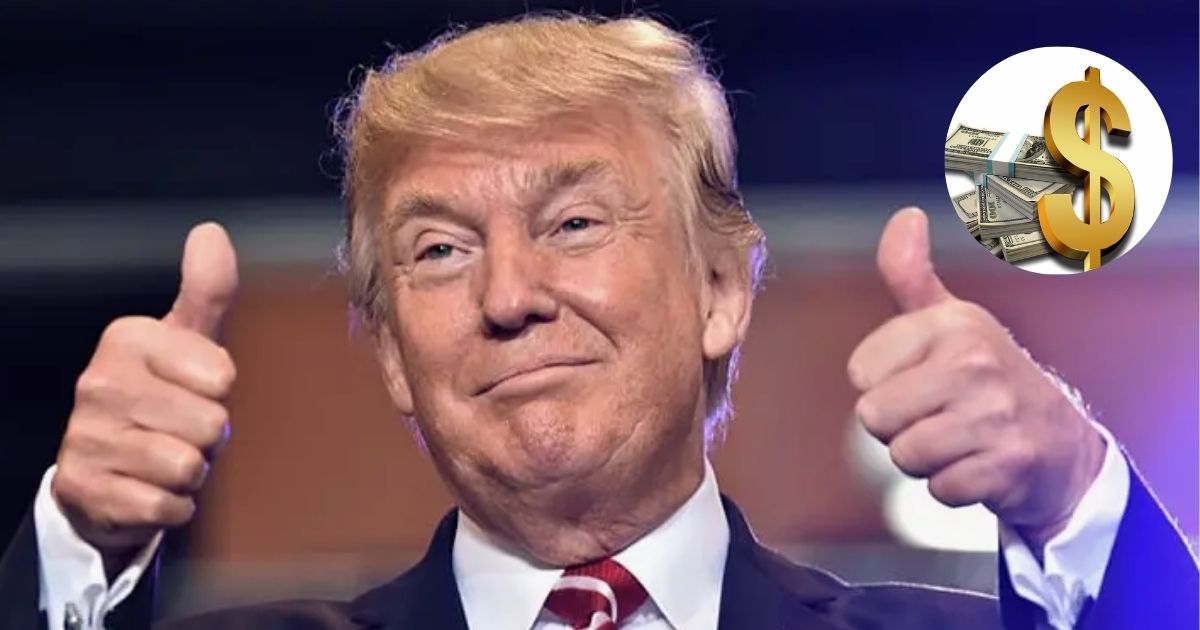Whenever Donald Trump has made it to the headlines, it’s either because of something he said that didn’t go well for the other party, the drama around his erratic policies and decision-making skills, his exaggerated personal strains with his wife, Melania, or something that’s way too shocking, funny or too blunt for people to digest.
While all of it might be his PR team’s strategy to retain his popularity and image, he’s still in the spotlight for his tariff policies that have caused major political disagreements among people. On April 2, 2025, President Donald Trump unveiled an extensive list of tariffs aimed at various countries across the globe.
As per sources, several countries made it to the list. Trump declared placards listing countries and the tariffs the US would now impose on them, with another column showing what he claimed these nations had previously charged the US in tariffs. From taxes starting at 10% to taxes as high as 50%, the tax bracket differed for all.
Even though countries like North Korea, Cuba, and Belarus were not included in the list due to existing sanctions, some major countries like Russia, Canada, and Mexico were left out as well. This step raised the eyebrows of people and made them question Trump’s moves.
Despite ongoing strains between Russia and America, especially after Putin called for a transitional government in Ukraine, which Trump views as a pro-Putin action, they didn’t make it to the tariff list. The US, which tried to negotiate a ceasefire over the Russia-Ukraine war, failed as Russia rejected the US peace offer.
View this post on Instagram
However, as per sources, US Secretary Scott Bessent stated that Russia was not included because both countries are already under heavy US sanctions. “We don’t trade with them,” Bessent told Fox News, implying that existing sanctions had already addressed any trade matters.
Likewise, Canada was also not added to the list. But since there have already been tariffs added to Canadian goods, this isn’t surprising. Moreover, as per the US-Canada-Mexico agreement, certain goods face 25% tariffs along with a 10% tariff on energy and potash. Meanwhile, Canada is already dealing with an additional 25% tariff on cars and other metal products. In addition, Donald Trump’s blunt jabs at their migration policies and illegal drugs have kept trade strains high between the two neighbours.
🔴USA 🇺🇲| #TrumpTariffs : a #LiberationDayInAmerica for president #Trump who unveiled on April 2, his threatening doctrine of trade reciprocity. New #CustomsTariffs are imposed on countries that tax American products entering their territory. Theses taxes range from 10% to 50%. pic.twitter.com/khQLSMrGYd
— Nanana365 (@nanana365media) April 3, 2025
Lastly, Mexico’s name was also not added to the tariff list because of the US-Canada-Mexico agreement. However, certain goods between the nations are still tariff-free. Still, Mexico is also facing tariffs on things like steel and aluminum, which Trump imposed earlier.
In addition to Canada and Mexico, Trump has also imposed a 10% tariff on all Chinese goods, which will increase to 20% at the beginning of March. Hence, to retaliate, China has barred the export of precious minerals to the United States. These minerals are key elements in the manufacture of defense equipment, computer chips, and mobile phones.
On the other hand, Canadian Prime Minister Mark Carney spoke to Bloomberg and noted, “We are going to fight these tariffs with countermeasures. We are going to protect our workers,” he added. Similarly, Mexico is preparing a response as well. President Claudia Sheinbaum is expected to address the issue in a press conference on April 3, 2025.
Other high tariffs on Trump’s list include strong tariffs on Japan (24%) and Vietnam (46%). With Trump’s new tariff changes, more countries in Europe and the EU are bound to retaliate, as Asian countries are ready to back up.
For now, Russia and North Korea remain exempt from Trump’s tariffs, but that could also change depending on the diplomatic relations and economic stability between the countries or maybe Trump’s mood (we hope not).









